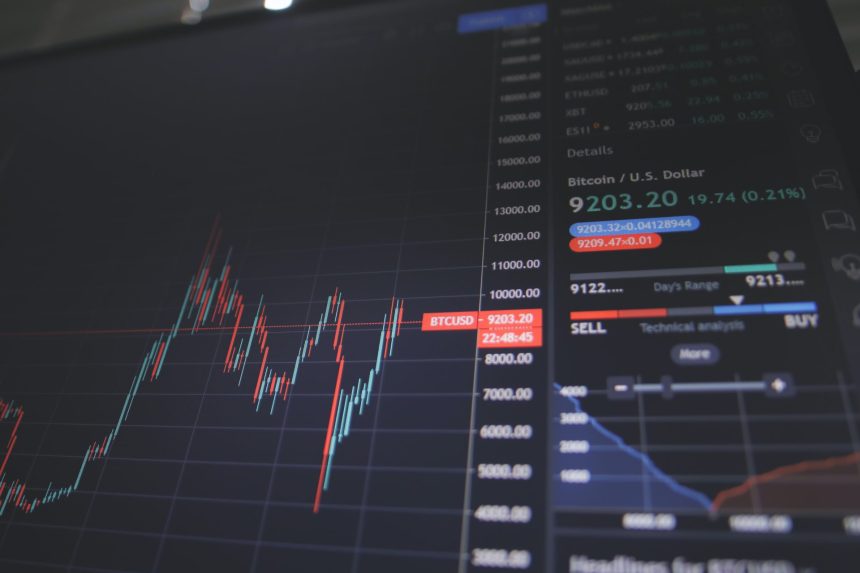As we head into 2024, experts are predicting a slowdown in the economy, but not a recession. After experiencing a period of post-pandemic growth that surpassed expectations, accompanied by soaring inflation, Americans can now expect a period of reduced business activity. However, economists have differing opinions on whether this will lead to a soft landing or a recession. In this comprehensive analysis, we will delve into the factors that contribute to this forecast, examining key indicators such as unemployment rates, inflation, consumer confidence, and interest rates.
Unemployment Rates and Inflation
One of the primary indicators of economic health is the unemployment rate. Currently standing at 3.7%, it has remained relatively unchanged compared to the previous year’s rate of 3.5%. This can be seen as a positive sign for the economy. On the other hand, inflation rates have fallen to 3.1%, less than half of the 7.1% rate recorded in November 2022. These figures suggest a stable economic environment, with low unemployment and declining inflation.
However, a closer look reveals warning signs on the horizon. The unemployment rate has increased from its low of 3.4% in April, indicating a potential slowdown in job growth. Additionally, despite a decrease from the double-digit highs in June 2022, inflation has remained stubbornly above 3% for six consecutive months. While consumer confidence has improved, it still lags behind the post-pandemic high recorded in 2021.
The Risk of Recession and Global Factors
Although the risk of a recession remains elevated, economists believe it is less likely now than it was a few months ago. A negative shock to the global economy, such as wider conflict in the Middle East, could potentially trigger a recession. However, barring such an event, the ongoing strength of the economy suggests a soft landing is more probable.
Gus Faucher, senior vice president and chief economist at PNC Financial Services Group, predicts that the unemployment rate could increase to around 4% as consumers pull back on spending, leading to slower job growth. The Federal Reserve’s efforts to control inflation have resulted in elevated interest rates, which are likely to persist in 2024. Credit card interest rates continue to average over 20%, while mortgage rates, though starting to decline, remain around 6.5% to 7%. This high-interest-rate environment is expected to continue for some time.
Consumer Confidence and Spending Patterns
Despite the potential challenges ahead, many consumers have weathered the current economic environment and are likely to continue doing so in the coming year. Bank of America economists note that “net wealth” has increased for many Americans, thanks to higher home prices and a strong stock market. This increase in wealth is expected to fuel continued consumer spending.
The economists highlight that understanding consumer behavior is more about observing actions rather than listening to words. Despite expressing concerns about the economy, consumers have demonstrated comfort in spending money. Recent retail sales reports indicate that holiday spending in 2023 exceeded expectations, and total hours worked continue to expand. However, it is important to note that not all households have fared well since the pandemic. Many still struggle with savings and housing affordability, with an estimated 60% of Americans living paycheck to paycheck.
Interest Rates and the Federal Reserve’s Role
One of the key factors impacting the 2024 economy is interest rates. The Federal Reserve has kept rates elevated to combat inflation and is unlikely to reduce them significantly in the near future. While some officials have signaled openness to rate cuts, any reductions are expected to be modest. As a result, consumers can anticipate a high-interest-rate environment for the foreseeable future.
Greg McBride, chief financial analyst for Bankrate, compares the rise and fall of interest rates to an elevator going up and stairs coming down. While rates have increased rapidly, their decline is expected to be gradual. This means that even with a slight decrease in interest rates, credit card rates will remain high, and mortgage and car loan rates will continue to hover around current levels.
See first source: CNBC
FAQ
1. What is the current unemployment rate, and how does it compare to previous years?
The current unemployment rate stands at 3.7%, which is relatively stable compared to the previous year’s rate of 3.5%. This suggests a positive sign for the economy, but there are underlying concerns.
2. What is the current inflation rate, and how has it changed recently?
The current inflation rate is 3.1%, significantly lower than the 7.1% rate recorded in November 2022. While it has decreased, it has remained above 3% for several months, indicating ongoing inflationary pressures.
3. Are there warning signs despite these seemingly positive economic indicators?
Yes, there are warning signs. The unemployment rate has increased from its low in April, indicating a potential slowdown in job growth. Inflation, while lower, has remained stubbornly above 3% for an extended period. Consumer confidence, while improving, has not reached its pre-pandemic levels.
4. What factors could potentially lead to a recession in 2024?
A negative shock to the global economy, such as wider conflict in the Middle East, could potentially trigger a recession. However, economists believe a recession is less likely now than it was a few months ago, and a soft landing is more probable.
5. How might interest rates impact the economy in 2024?
Interest rates are expected to remain elevated in 2024 as the Federal Reserve continues its efforts to control inflation. While some officials have signaled openness to rate cuts, any reductions are expected to be modest. This means that consumers can anticipate a high-interest-rate environment for the foreseeable future.
6. How do consumer confidence and spending patterns contribute to the economic outlook?
Many consumers have increased their net wealth due to higher home prices and a strong stock market. This is expected to fuel continued consumer spending. Despite concerns expressed by consumers about the economy, their actions indicate comfort in spending money.
7. Are there concerns about household financial stability in 2024?
Yes, there are concerns. Not all households have fared well since the pandemic, with many still struggling with savings and housing affordability. An estimated 60% of Americans live paycheck to paycheck, highlighting financial challenges for a significant portion of the population.
Featured Image Credit: Photo by Nick Chong; Unsplash – Thank you!







